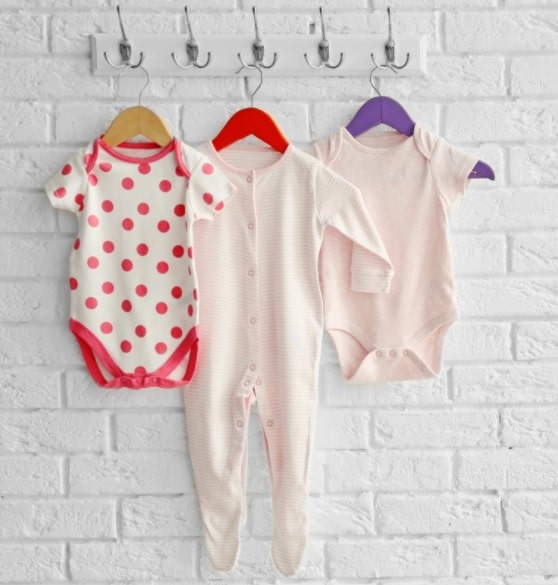Dressing your kids appropriately for each season is important to keep them comfortable and healthy. As the weather changes, so do the clothing needs of your little ones. Whether hot and sunny or cold and snowy, here are some simple and practical tips on choosing your kids’ outfits for every season.
Spring
Spring brings warmer days and occasional rain showers. Layering is the key during this season.
- Start with a light, long-sleeved shirt to protect their skin from the sun.
- Add a light jacket or sweater that can be easily removed if they get too warm.
- A pair of comfortable pants or leggings will keep their legs covered.
- Since spring can be unpredictable, always carry a small umbrella and a raincoat.
- Rain boots are also a good idea to keep their feet dry during wet days.
- Don’t forget a wide-brimmed hat and sunglasses to shield them from the sun when it’s shining.
Summer
Summer means hot days and plenty of outdoor play. Opt for lightweight and breathable fabrics like cotton to keep your kids cool.
- Choose footwear that provides good ventilation and support, like sandals or sneakers.
- If your kids will be spending time at the beach or pool, don’t forget to pack swimsuits and rash guards for extra sun protection.
- Sun protection is crucial, so apply sunscreen and dress them in a wide-brimmed hat to shield their face and neck from the sun.
- Dress them in loose-fitting, short-sleeved tops and shorts to help them stay comfortable.
Fall
Fall brings cooler temperatures and colorful leaves. Dress your kids in layers during this season as well.

- Start with a long-sleeved shirt or lightweight sweater, and add a jacket or cardigan for warmth.
- Jeans or leggings paired with comfortable shoes like sneakers or ankle boots are ideal for fall outings.
- Keep a light blanket scarf that can double as an extra layer or a cozy wrap.
- As the days get shorter, consider attaching reflective accessories to their clothing or backpack to enhance visibility.
Winter
Winter demands the warmest clothing to protect your kids from the cold.
- Dress them in thermal or woolen underwear to provide insulation.
- Over this, layer them with a sweater or fleece-lined jacket.
- Ensure their outermost layer is waterproof or water-resistant to keep them dry during snowy playtime.
- Don’t forget about accessories – gloves or mittens, scarves, and beanies are essential for keeping little fingers, necks, and ears warm.
Invest in sturdy winter boots with good traction to prevent slips on icy surfaces. If it’s extremely cold, consider using a balaclava or a face mask to protect your face from harsh winds.
Transitional Seasons
It’s best to have a mix of clothing options on hand during transitional seasons like early spring and late fall when the weather can be quite unpredictable. This might include a mix of short and long-sleeved shirts, lightweight and warmer layers, and adaptable accessories like hats and gloves.

Adapting your kids’ clothing to the changing seasons is a great way to ensure their comfort and well-being. Consider the weather conditions and activities planned for the day when dressing them. Layers are your best friend, allowing you to adjust their clothing throughout the day. Don’t forget sun protection and appropriate footwear, regardless of the season.
My name is Andrea Thompson and I’m a home based freelance writer. I’m 23 years old, married to my best friend, and mother to a wonderfully independent and opinionated 3 year old girl and step-mother to a sweet seven year old boy. I live in a tiny, little town in Kentucky, where I spend my free time fishing with my kids.
Writing has always been my passion, which I followed through high school, and for a while in college. Life happened, and once I discovered we were pregnant, I switched directions; opting for the healthcare industry because of the stability.
Finally, years later, I was in a place where I could leave the day job that never truly made me happy, and pursue my dreams. I’ve built, and am still building, my writing career from scratch. But, I’m passionate and I’m good at what I do. And, in the end, I can prove to my daughter that she can do anything she wants with this life.





